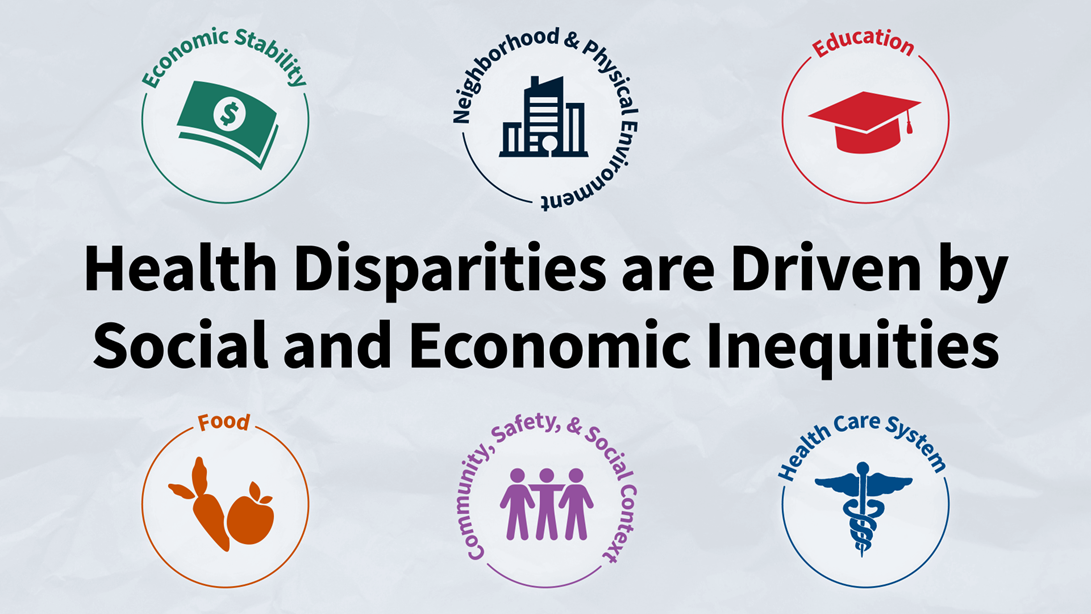An occupational health nurse is attending to a new employee who had an accident at a worksite. Which of the following tasks should the nurse complete as part of the protocol for an employee injury?
Order a new medication.
Initiate safety and audit checks.
Perform a drug test.
Vet the injured worker.
The Correct Answer is C
Choice A: Order a New Medication
Ordering a new medication is not typically the first step in the protocol for an employee injury. The nurse needs to assess the injury and determine the appropriate course of action based on the severity and nature of the injury. Medication may be part of the treatment plan, but it is not the initial step in the injury protocol.
Choice B: Initiate Safety and Audit Checks
Initiating safety and audit checks is an important part of workplace safety management, but it is not the immediate response to an employee injury. These checks are usually conducted to prevent future incidents and ensure compliance with safety regulations. The immediate priority is to address the employee's injury and provide necessary medical care.
Choice C: Perform a Drug Test
This is the correct choice. Performing a drug test is often part of the protocol following a workplace injury, especially in industries where safety is a critical concern. The drug test helps determine if substance use may have contributed to the accident. It is a standard procedure to ensure workplace safety and compliance with regulations.
Choice D: Vet the Injured Worker
Vetting the injured worker is not a standard part of the protocol for handling an employee injury. The focus should be on providing immediate medical care and assessing the injury. Vetting typically refers to a thorough examination or background check, which is not relevant in the context of responding to an injury.

Nursing Test Bank
Naxlex Comprehensive Predictor Exams
Related Questions
Correct Answer is C
Explanation
Choice A Reason:
The first step assists with how to perform a collection of evidence. While collecting evidence is an important part of many toolkits, the University of Kansas toolkit is specifically designed to guide users through a comprehensive process. The focus is on a structured approach rather than just the initial step of evidence collection.
Choice B Reason:
It is used in planning community initiatives. This statement is true but not specific enough to be the standout feature of the toolkit. Many toolkits are used for planning community initiatives. The unique aspect of the University of Kansas toolkit is its structured, step-by-step methodology, which sets it apart from other resources.
Choice C Reason:
It uses a step-by-step approach. This is the correct answer because the University of Kansas toolkit is designed to provide a clear, structured process for users. This approach ensures that all necessary steps are followed systematically, making it easier for community groups to plan and implement their initiatives effectively. The step-by-step methodology is a core feature that enhances the usability and effectiveness of the toolkit.
Choice D Reason:
It is a proprietary document that is used solely within the state of Kansas. This statement is incorrect. The toolkit provided by the University of Kansas is intended for broader use and is not restricted to the state of Kansas. It is designed to be a resource for community groups and organizations regardless of their location, promoting best practices in community planning and development.
Correct Answer is C
Explanation
Choice A Reason:
Data analysis involves examining and interpreting the collected data to identify patterns, trends, and relationships. This stage includes statistical analysis, creating comparative tables, and computing measures of association such as risk ratios or odds ratios. While crucial, this stage comes after the conceptualization and design phase.
Choice B Reason:
Conduct/implementation refers to the actual execution of the study, including data collection and ensuring that the study follows the designed protocol. This stage involves gathering data from participants, ensuring compliance with ethical standards, and managing the logistics of the study. It follows the conceptualization and design phase.
Choice C Reason:
Conceptualization/design is the initial stage of an analytic study where the research question is defined, hypotheses are generated, and the study design is developed. This stage involves planning the methodology, selecting the study population, and determining the data collection methods. The nurse's involvement in this stage indicates participation in the foundational planning and structuring of the study.
Choice D Reason:
Interpretation of findings involves analyzing the results of the data analysis to draw conclusions and make recommendations based on the study's outcomes. This stage includes discussing the implications of the findings, identifying limitations, and suggesting areas for further research. It is one of the final stages of the study process.

Whether you are a student looking to ace your exams or a practicing nurse seeking to enhance your expertise , our nursing education contents will empower you with the confidence and competence to make a difference in the lives of patients and become a respected leader in the healthcare field.
Visit Naxlex, invest in your future and unlock endless possibilities with our unparalleled nursing education contents today
Report Wrong Answer on the Current Question
Do you disagree with the answer? If yes, what is your expected answer? Explain.
Kindly be descriptive with the issue you are facing.
